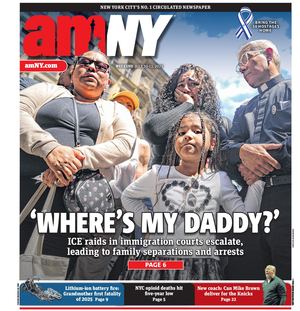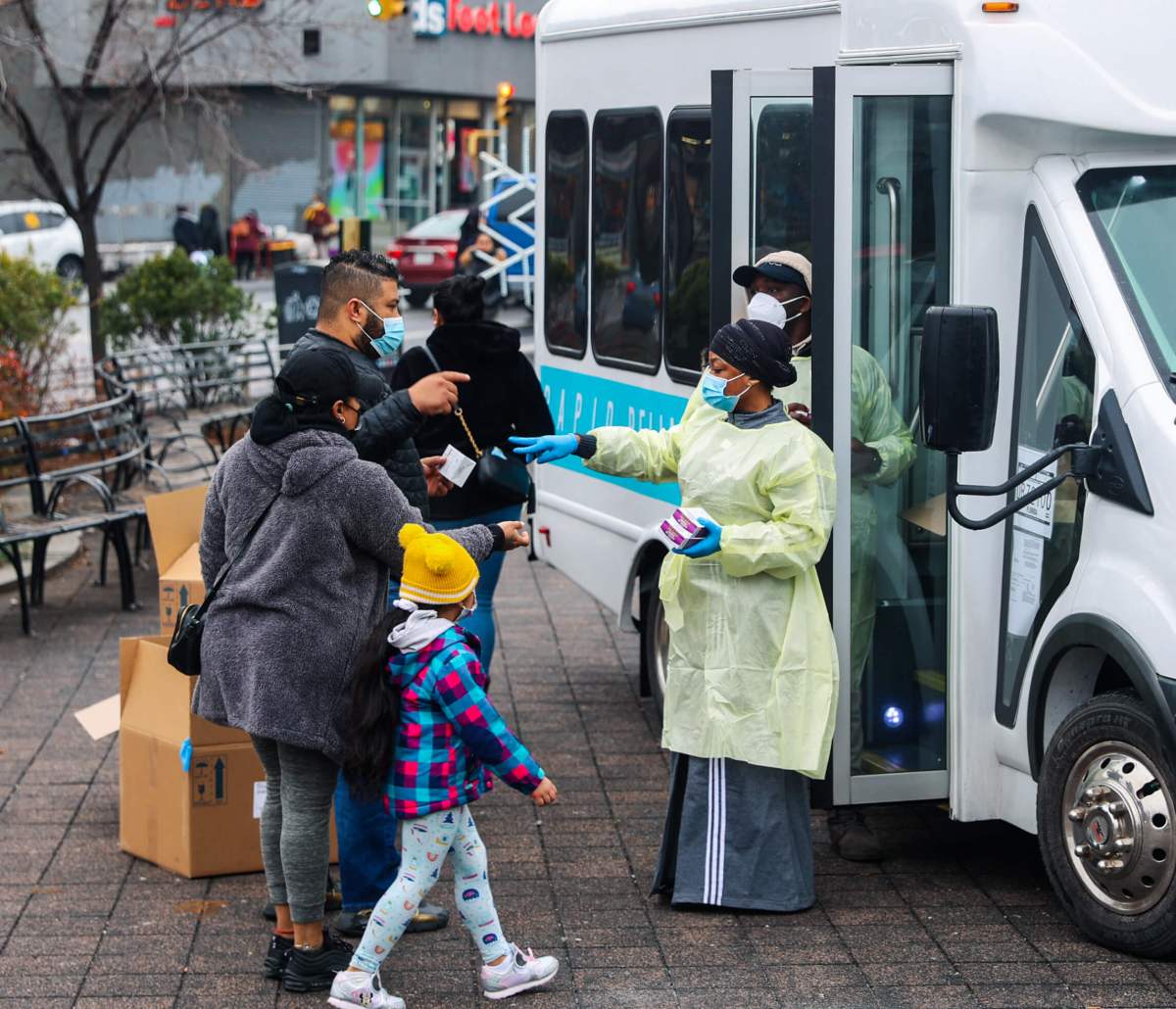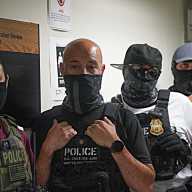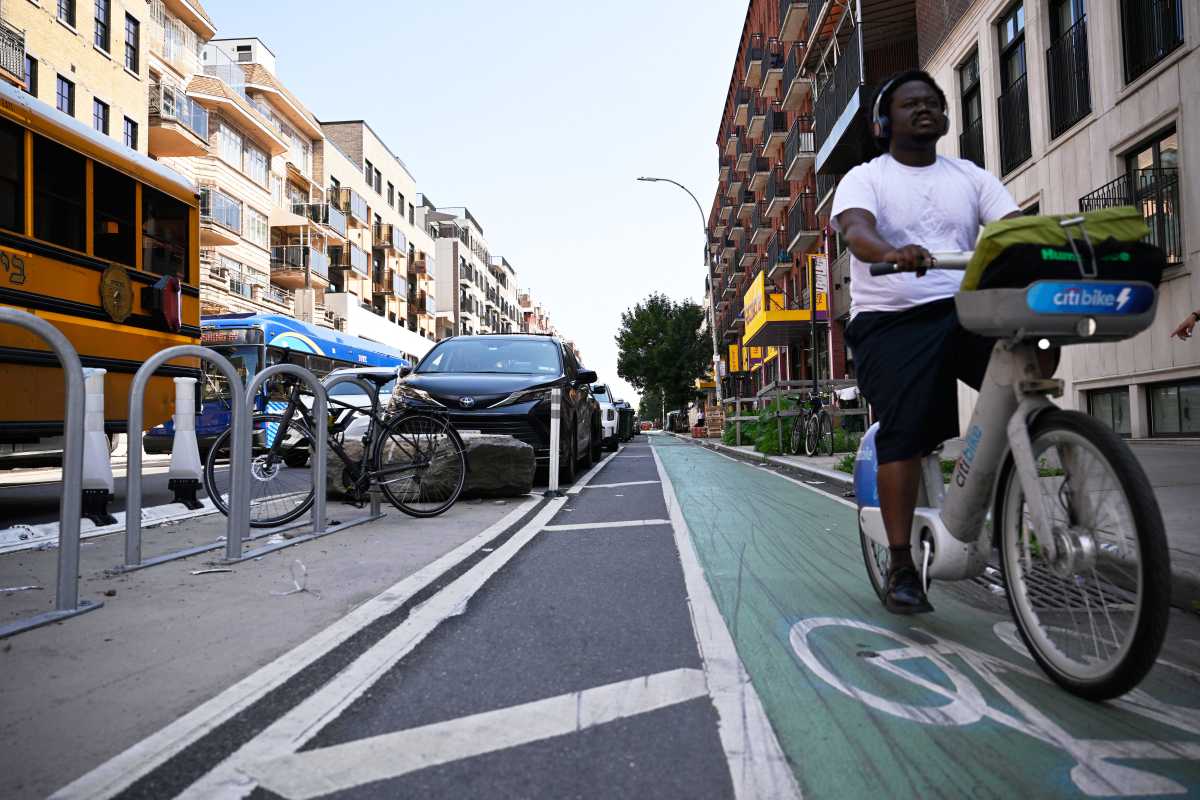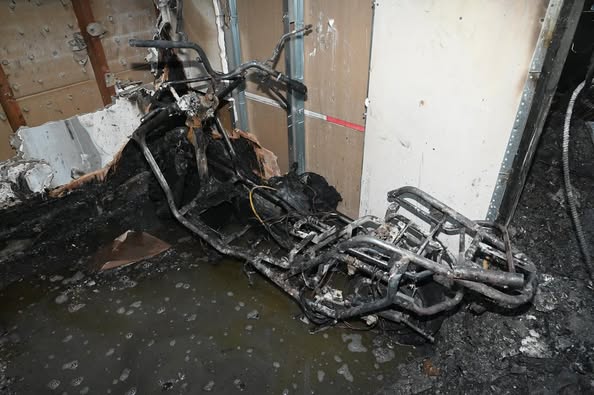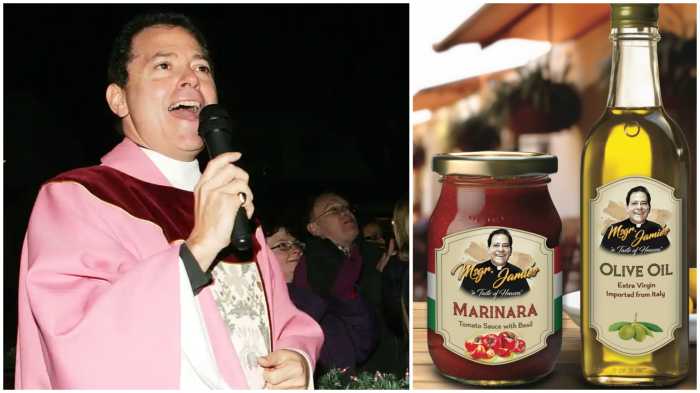BY JUDY PATRICK
From afar, the COVID-19 pandemic is generating news of such terrifying magnitude that it is nearly too overwhelming to comprehend. Millions are suffering and thousands are dying. Economies are collapsing. The world seems out of control.
That’s the big picture, which you can learn about from innumerable print, web and broadcast news outlets.
But it’s in the pages of local newspapers that this terrible news hits home.
Through stories of sickness and of death, of brave healthcare workers and struggling small business owners, local journalists are documenting their communities.
In hard-hit New York City, dozens of local newspapers are chronicling the challenges neighborhood by neighborhood. As the virus spreads beyond metropolitan New York, the chronicling extends, paper by paper.
In each, above all are the stories of the lives that have been lost, touching tributes to much loved grandfathers and grandmothers, principals and store clerks, police officers and nurses.
Next come the stories of isolation and loss as the life of a community is put on hold: Funerals, weddings, Little League baseball, high school proms, senior citizen trips and college graduations. The list goes on and on.
Finally come are the tales of generosity and hope, of thousands of rainbows hung in windows and drawn in chalk on sidewalks, of food drives for the afflicted, of music and art and of the million small kindnesses of one person to another.
Years from now, these stories will be part of the historical record of this pandemic. Right now, however, they serve a far greater purpose: They are helping communities come together to mourn, to support and to hope. To eventually go forward and heal, we first need to understand what is happening to the people we know and the businesses we rely on.
Local newspapers are also where many stories begin. Here you’ll learn about upstate dairy farmers forced to dump milk, how Finger Lakes wineries are adapting to the shutdown, the slow startup to the federal small business stimulus program on the East End of Long Island, the re-tooling of a Granville slate company to make face shields for healthcare workers and efforts to safeguard our food supply chain by protecting farmland.
These are the stories that set local newspapers apart from anything you’ll see and read via bigger outlets. Each paper is telling its community’s unique set of stories about death and heroism and struggle. And for communities in crisis, this personalization is key to grappling with this pandemic.
There are practical benefits as well. In times of crisis, local newspapers have long been a clearinghouse of essential information such as phone numbers, emergency food distribution plans, road closures and boil water orders. Nowadays, with much of this information scattered online, newspapers are adapting and collating. Take The Daily News and Livingston County News in Batavia, for example. They’ve established a COVID-19 Community Support Map pinpointing locations of blood drives, food pickup spots and medical services. The map quickly became the most popular feature on the paper’s website.
All of this is how local newspapers bring communities together. It’s just one reason they’re so important. While their watchdog role in sustaining our democracy will always be paramount, and one that’s become a crucial part of the ongoing story, this shared commitment to community is shining right now.
Local newspapers care – always have and always will. It’s what sets them apart from all other media, even Facebook. They will be at the zoning board meeting you care about, at your Fourth of July parade and your high school graduation. They will write about the kindergarten class trip to the pumpkin farm as well as the school budget, food banks for the hungry as well as which takeout joint has the best burgers.
They’ve been around so long it’s easy to take them for granted. But they are in danger, especially now that local businesses that provide crucial advertising revenue have closed.
There’s a lot of news you can access for free. Many local newspapers have even temporarily dropped their paywalls on their virus-related content. The gesture reflects their mission to go above and beyond to serve their communities in a time of crisis.
But news really isn’t free. It’s costly to produce. Reporters, photographers, editors, printers, advertising representatives and support staff deserve and need a paycheck for the work they do. To do that, newspapers need the people in those Fourth of July parades and at those school board meetings to subscribe. Now, more than ever, they need their communities.
Judy Patrick is vice president for editorial development at the New York Press Association.
